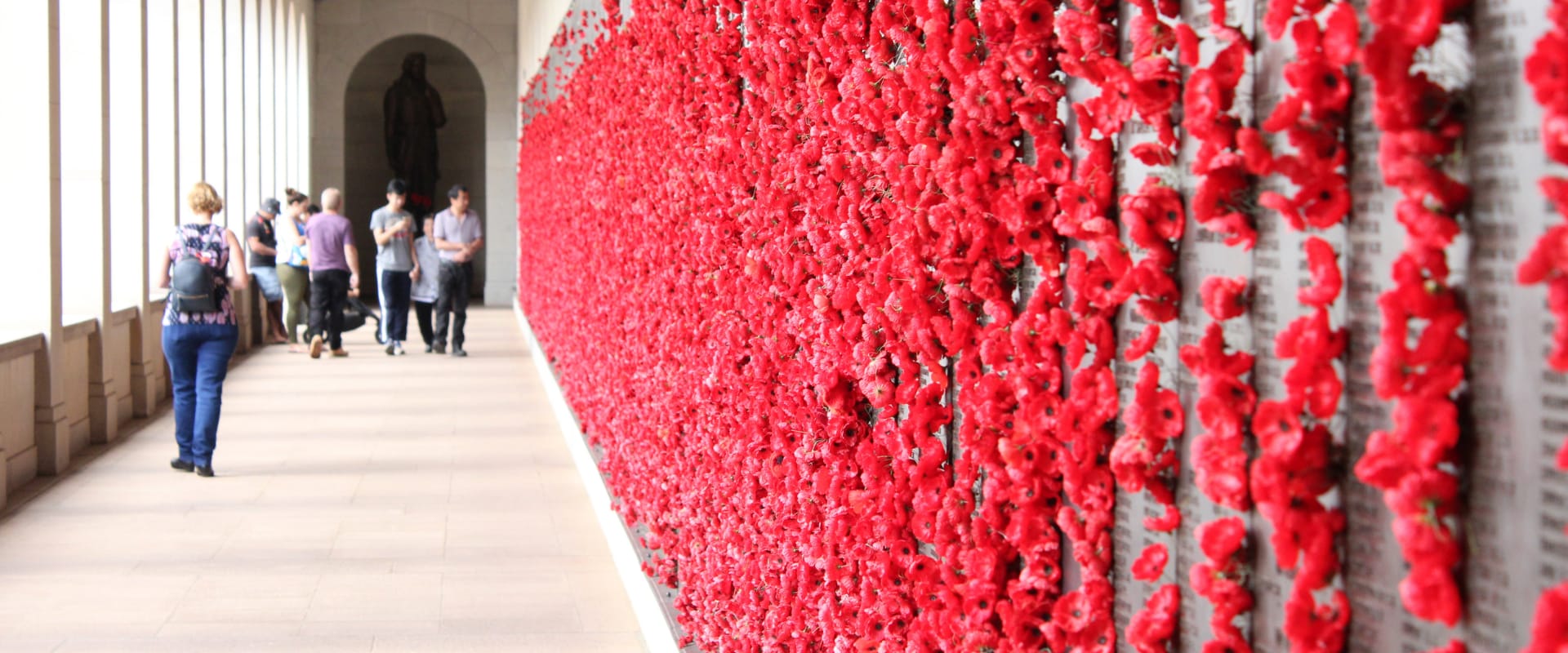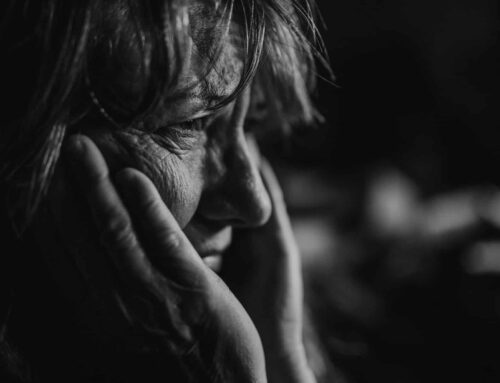This year we saw Easter and Anzac Day within a week of each other. That meant lots of people took a whole week off as a holiday, but for me it was a week of realisation. Indeed, that realisation drew a connection between the two events: Easter and the dreadful treatment and execution of Jesus by the religious and Roman authorities, as well as Anzac Day and the dreadful privations and the lives lost, not least of which for Aboriginal people.
A few years ago I went to the Menin Gate in Ypres, Belgium. It was there I could feel the whole horror of war wash over me. Menin Gate is a dedication to the unknown, dead British and Commonwealth soldiers of World War I. My grandfather fought there. In fact both my grandfathers died because of World War I.
The brutality of war
I knew the Anzac World War I horror stories and the way almost every family in Australia was affected by the death or injury of a loved one. The pain and the suffering of the mothers, fathers, brothers and sisters was immense – almost bottomless. Many ended up hating the authorities for the disaster that happened.
Standing in the gates of the Australian War Memorial looking at the hundreds of thousands of names engraved on the walls is an experience I will never forget. So many brave, young men fed into the mincing machine that is war.
That’s what war is – a giant mincing machine destroying lives.
Those who are lucky enough to return often dedicate their lives to peace as they realise the futility of what they were part of. In many ways the horror and the suffering of generations of Australians engulfs everyone and ignores those who needlessly suffered more on top of that.
Anzac Day for Aboriginal Australians
Every Anzac Day in Redfern – the urban Aboriginal heartland of Australia – there is a special kind of Anzac Day service. It happens after the main morning march through the streets of the city of Sydney and it commemorates the Aboriginal soldiers who fought alongside their white comrades and returned only to face needless discrimination. Sadly, Aboriginal people did not have all the privileges of citizenship.
The event begins with speeches at the Redfern Community Centre and continues with a march to the war memorial at Redfern Park where there is a wreath laying ceremony, the playing of the Last Post and a flag raising ceremony which includes both the Australian and the Aboriginal flag.
What really got me this year was how respectful and appropriate the ceremony is. I have often found people who suffer or have suffered great wrongs are much bigger in spirit than those who committed the sins. They exhibit the very tolerance they did not experience.
In the ceremony there is no gloating. There is just gentle, sad reverence for those who suffered past injustice mixed with admiration for what the suffered did. It is so different to any other war memorial service I attend.
Resurrecting a people
Somehow here I reconnect to that part of me that, over time, I find I have lost.
I sense that this ceremony can only happen today because of the increasing strength of Aboriginal people in their struggle for justice. As one Aboriginal person said to me “Bill, nobody gave us this, we had to fight for it‘‘. I then realised I was witnessing a resurrection; a resurrection of the people who had been demeaned since the beginnings of white settlement.
Over 1,000 aboriginal soldiers fought in World War I and received precious little recognition. They might have received medals for gallantry but no recognition befitting an Australian citizen.
During World War II over 6,000 Aboriginal soldiers fought for this country and were similarly denied recognition.
This Easter/Anzac period has shown me that resurrection is real. We often blanket Jesus with the Resurrection story leaving it all up to Him which actually denies its hope. I saw the hope today as I participated with our Aboriginal brothers and sisters and found myself rejoicing in their Resurrection.





